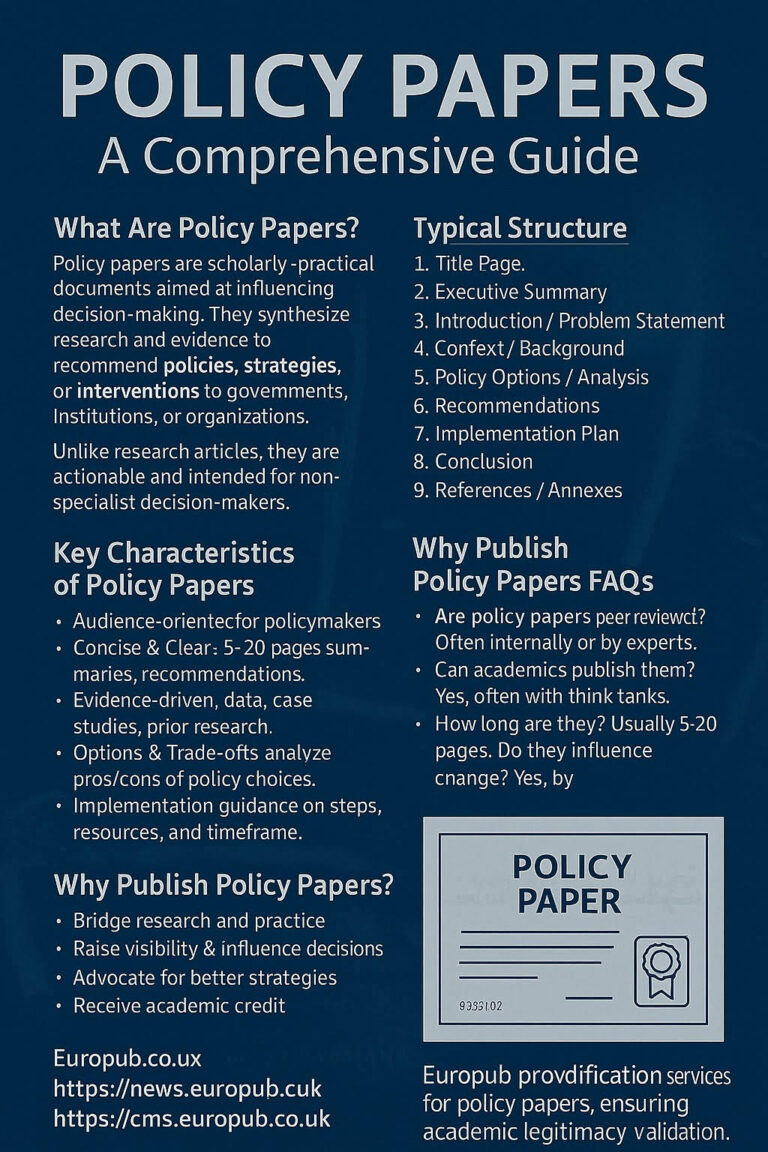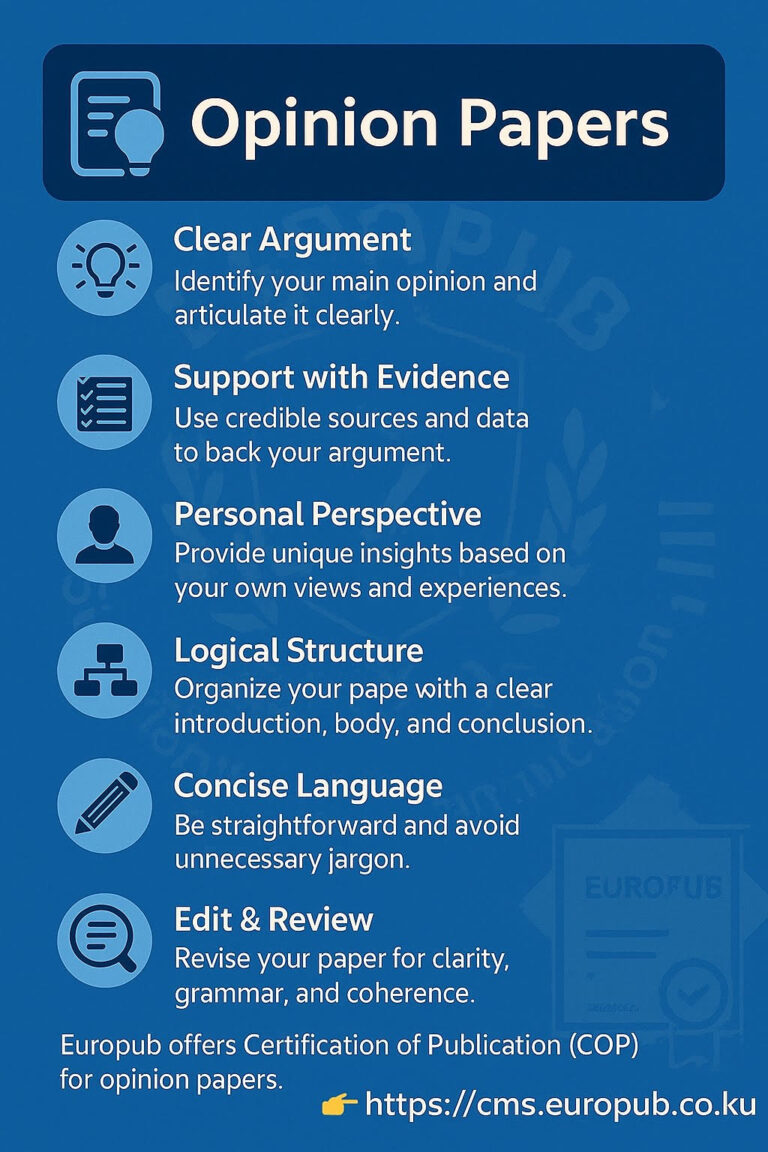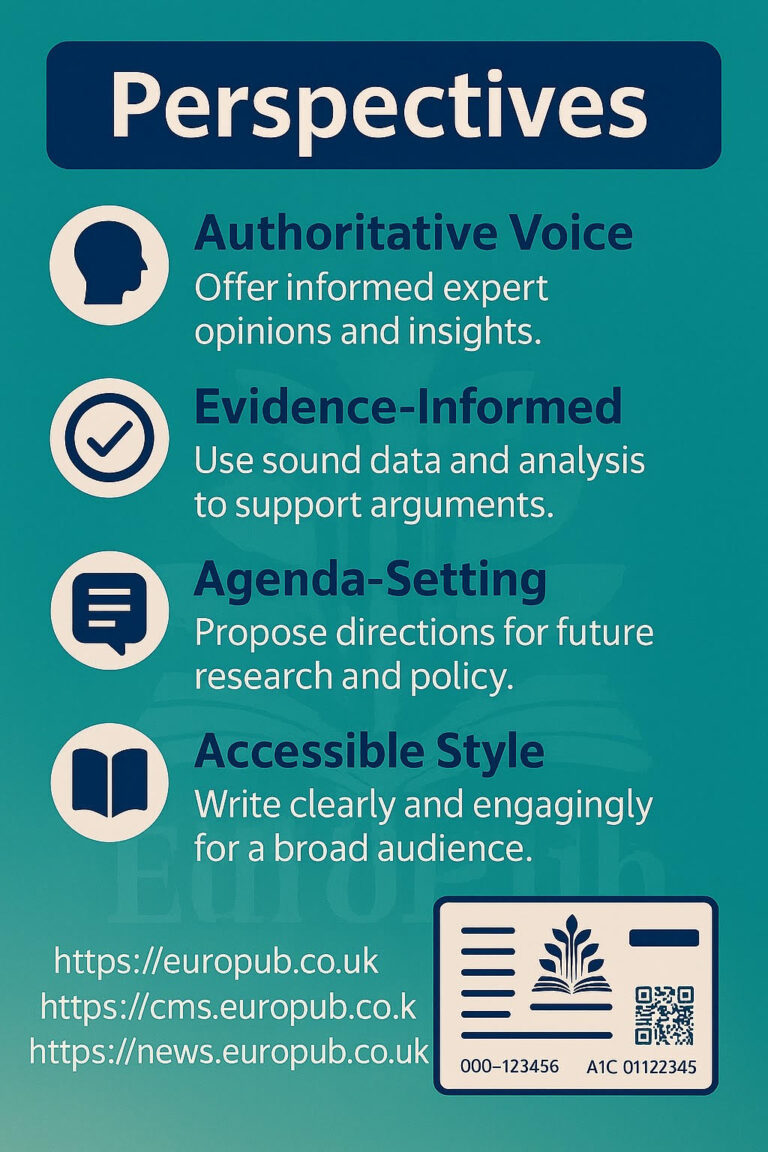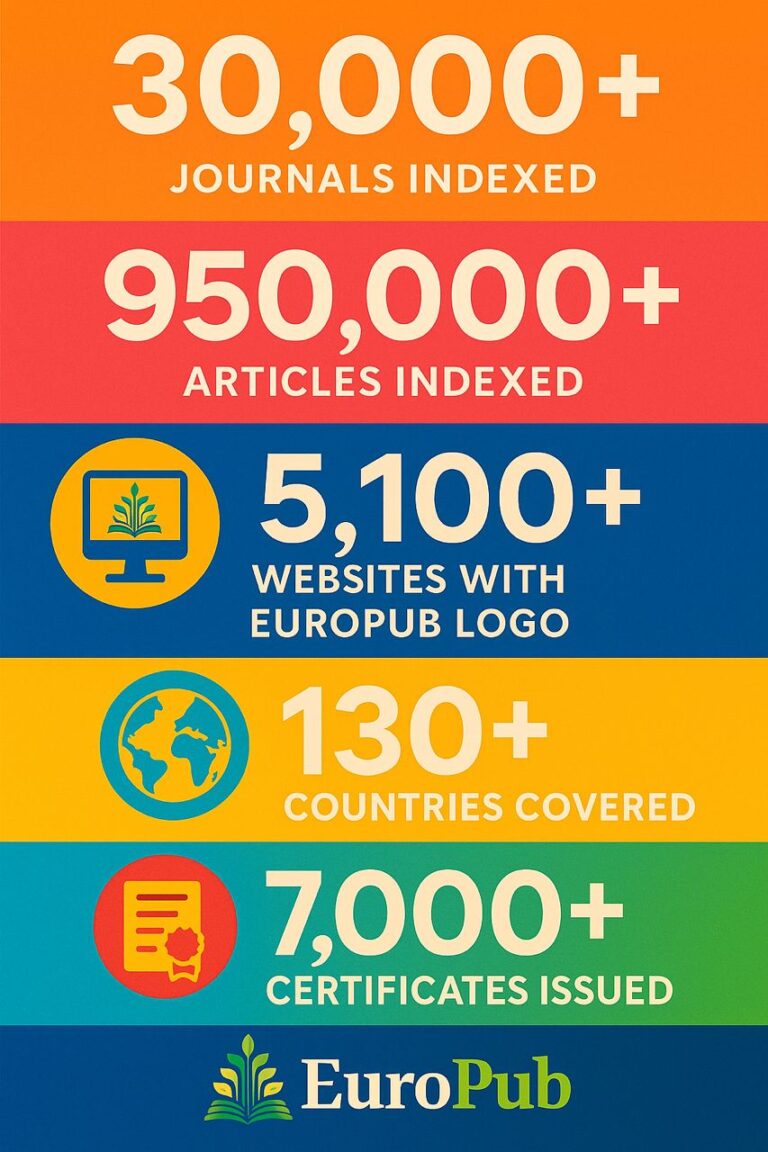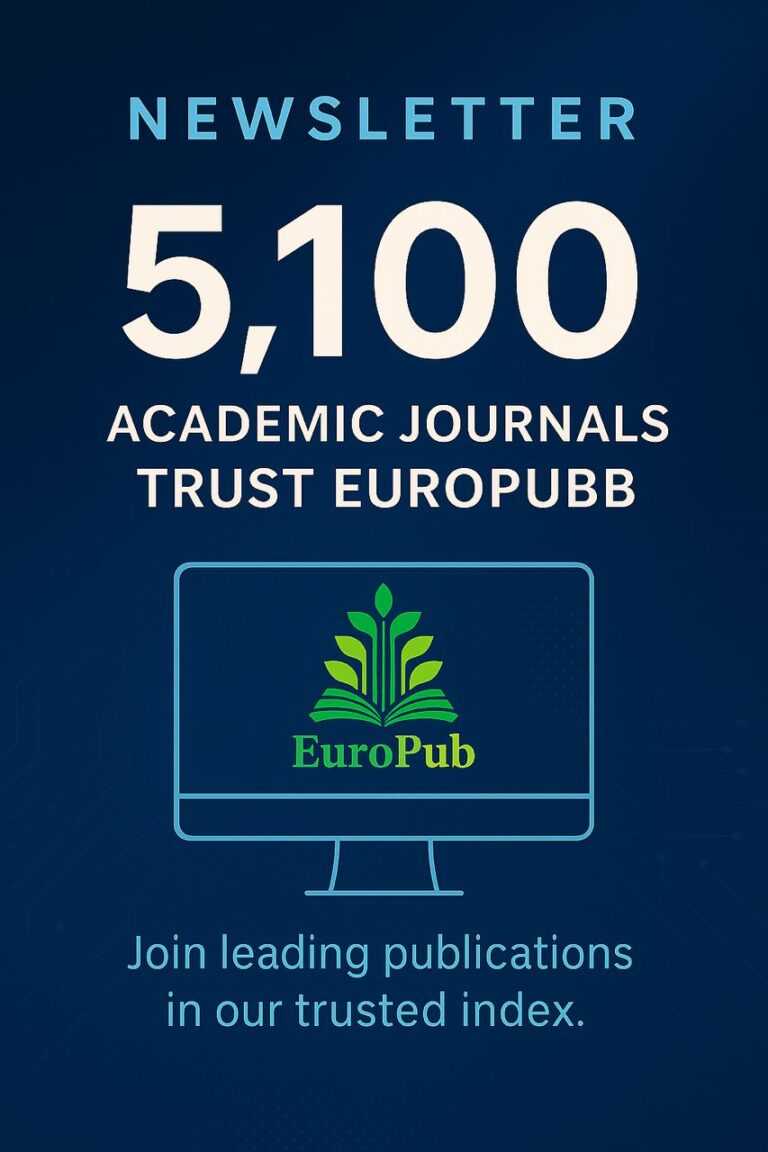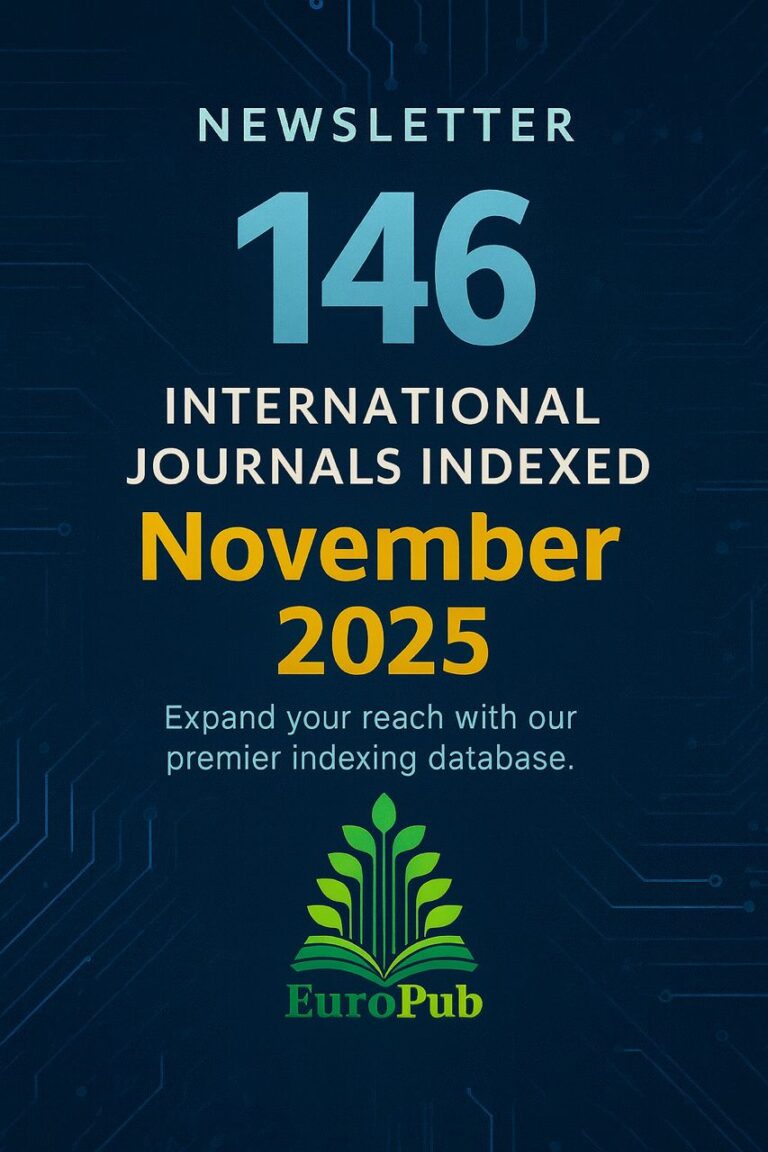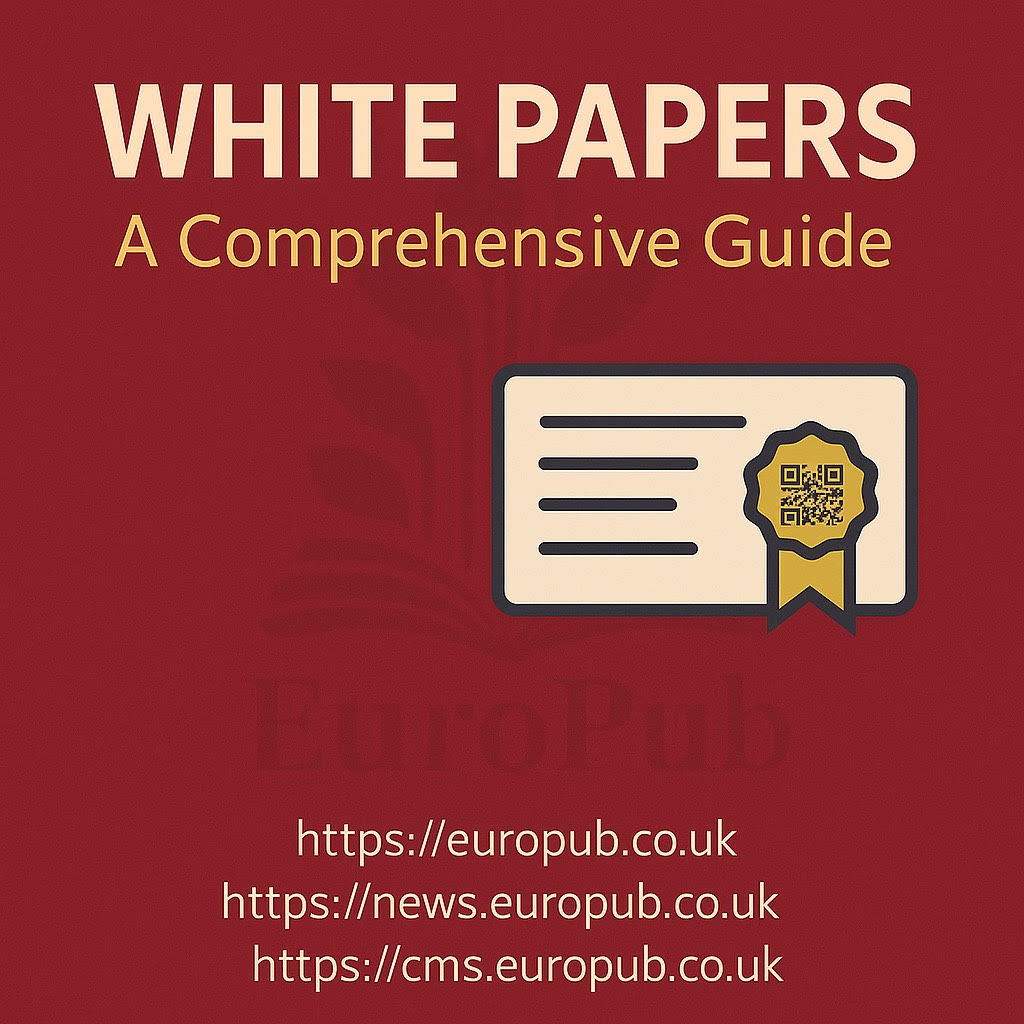
 Definition
Definition
White Papers are authoritative, evidence-based reports that provide in-depth information about a specific issue, problem, or innovation. They are not merely academic papers but rather practical, policy-driven, and solution-oriented documents aimed at educating readers, guiding decision-makers, and influencing stakeholders in academia, industry, and government.
Unlike journal articles, which focus on theory and original data, white papers are designed to inform, persuade, and propose actionable solutions.
 Main Objectives of White Papers
Main Objectives of White Papers
- Inform – Provide a thorough overview of a complex issue.
- Persuade – Convince stakeholders to adopt a certain policy, strategy, or technology.
- Problem-Solving – Suggest evidence-based solutions to pressing challenges.
- Credibility Building – Showcase expertise and strengthen institutional or individual reputation.
 Standard Structure of a White Paper
Standard Structure of a White Paper
- Title Page – Clear, professional, and descriptive title.
- Executive Summary – A concise 1–2 page overview for decision-makers.
- Introduction – Define the issue and explain its significance.
- Background / Literature Review – Summarize existing research and identify knowledge gaps.
- Methodology & Data – Present the methods or models used for analysis.
- Analysis & Discussion – Provide findings, supported by graphs, charts, and evidence.
- Solutions & Recommendations – Practical proposals and policy suggestions.
- Conclusion – Summarize insights and emphasize the urgency of action.
- References – List of cited scholarly and professional sources.
 Key Features of High-Quality White Papers
Key Features of High-Quality White Papers
- Evidence-driven – Built on reliable data and research.
- Well-structured – Organized, professional, and accessible to readers.
- Formal & Academic Tone – Written in clear, precise language.
- Practical Relevance – Aimed at implementation in real-world contexts.
- Length – Typically 10–40 pages depending on the depth of the subject.
 Frequently Asked Questions (FAQs)
Frequently Asked Questions (FAQs)
Q1: How are white papers different from research articles?
 White papers are practical and policy-focused, while research articles are academic and theory-focused.
White papers are practical and policy-focused, while research articles are academic and theory-focused.
Q2: Who publishes white papers?
 Governments, think tanks, universities, corporations (e.g., IBM, Microsoft), NGOs, and international organizations.
Governments, think tanks, universities, corporations (e.g., IBM, Microsoft), NGOs, and international organizations.
Q3: Are white papers peer-reviewed?
 Usually not in the traditional sense, but they are reviewed internally or by subject-matter experts.
Usually not in the traditional sense, but they are reviewed internally or by subject-matter experts.
Q4: Why should academics publish white papers?
 To influence policy, attract funding, enhance professional visibility, and demonstrate impact.
To influence policy, attract funding, enhance professional visibility, and demonstrate impact.
Q5: Can I get certification for a white paper?

 Yes, Europub provides official certification for white papers through its certificate management platform.
Yes, Europub provides official certification for white papers through its certificate management platform.
 Useful Links
Useful Links
- Europub Main Site: https://europub.co.uk
- Europub News & Updates: https://news.europub.co.uk
- Certificate Management System (CMS): https://cms.europub.co.uk
 Tip: White Papers are highly impactful in policy, science, and industry. With Europub certification, they gain additional credibility and international recognition.
Tip: White Papers are highly impactful in policy, science, and industry. With Europub certification, they gain additional credibility and international recognition.
